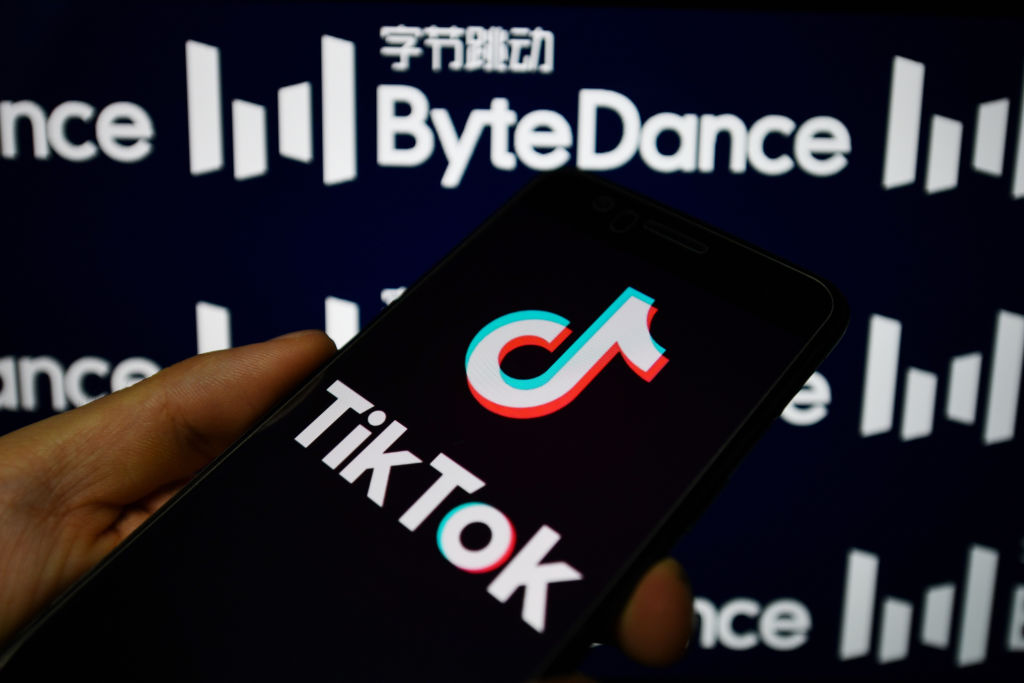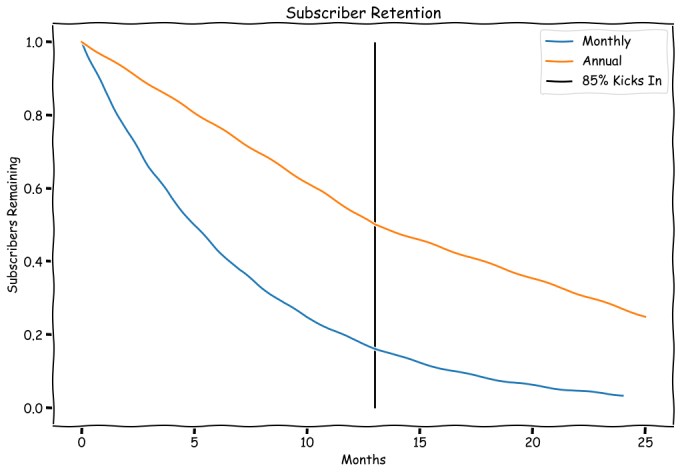Welcome back to The TechCrunch Exchange, a weekly startups-and-markets newsletter. It’s broadly based on the daily column that appears on Extra Crunch, but free, and made for your weekend reading.
Ready? Let’s talk money, startups and spicy IPO rumors.
Was Snowflake’s IPO mispriced or just misunderstood?
With an ocean of neat stuff to get through below, we’ll be quick today on our thought bubble focused on Snowflake’s IPO. Up front it was a huge success as a fundraising event for the data-focused unicorn.
At issue is the mismatch between the company’s final IPO price of $120 and where it opened, which was around $245 per share. The usual forces were out on Twitter arguing that billions were left on the table, with commentary on the question of a mispriced IPO even reaching our friends at CNBC.
A good question given the controversy is how the company itself felt about its IPO price given that it was the party that, theoretically, left a few billion on some metaphorical table. As it turns out, the CEO does not give a shit.
Alex Konrad at Forbes — a good chap, follow him on Twitter here — caught up with Snowflake CEO Frank Slootman about the matter. He called the “chatter” that his company left money on the table “nonsense,” adding that he could have priced higher but that he “wanted to bring along the group of investors that [Snowflake] wanted, and [he] didn’t want to push them past the point where they really started to squeal.”
So Slootman found a new, higher price at which to value his company during its debut. He got the investors he wanted. He got Berkshire and Salesforce in on the deal. And the company roared out of the gate. What an awful, terrible, no-good, mess of an IPO.
Adding to the mix, I was chatting with a few SaaS VCs earlier this week, and they largely didn’t buy into the money-left-on-the-table argument, as presuming that a whole block of shares could be sold at the opening trade price is silly. Are IPOs perfect? Hell no. Are bankers out for their own good? Yes. But that doesn’t mean that Snowflake screwed up.
Market Notes
No time to waste at all, let’s get into it:
- Lots of IPOs this week, and everyone did well. Snowflake was explosive while JFrog was merely amazing. Sumo Logic and Unity had more modest debuts, but good results all the same. Notes from JFrog and Sumo execs in a moment.
- Disrupt was a big damn deal this week, with tech’s famous and its up and coming leaders showing up to chatter with TechCrunch about what’s going on today, and what’s going on tomorrow. You can catch up on the sessions here, which I recommend. But I wanted to take a moment and thank the TechCrunch sales, partnership, and events teams. They killed it and get 0.1% of the love that they deserve. Thank you.
- Why is Snowflake special? This tweet by GGV’s Jeff Richards has the story in one chart.
- What are the hottest categories for SaaS startups in 2020? We got you.
- There’s a new VC metric in town for startups to follow. Folks will recall the infamous T2D3 model, where startups should triple twice, and then double three times. That five-year plan got most companies to $100M in ARR. Now Shasta Ventures’ Issac Roth has a new model for contention, what he’s calling “C170R,” and according to a piece from his firm, he reckons it could be the “new post-COVID SaaS standard.” (We spoke with Roth about API-focused startups the other day.)
- So what is it? Per his own notes: “If a startup entering COVID season with $2-20M in revenue is on track for 170% of their 2019 revenue AND is aligned with the new normal of remote, they will be able to raise new capital on good terms and are set up for future venture success.” He goes to note that there’s less of a need to double or treble this year.
- Our thought bubble: If this catches on, a lot more SaaS startups would prove eligible for new rounds than we’d thought. And as Shasta is all-in on SaaS, perhaps this metric is a welcome mat of sorts. I wonder what portion of VCs agree with Shasta’s new model?
- And, closing, our dive into no-code and low-code startups continues.
Various and Sundry
Again, there’s so much to get to that there is no space to waste words. Onward:
- Chime raised an ocean of capital, which is notable for a few reasons. First, a new $14.5B valuation, which is up a zillion percent from their early 2019 round, and up around 3x from its late 2019 round. And it claims real EBITDA profitability. And with the company claiming it will be IPO ready in 12 months I am hype about the company. Because not every company that manages a big fintech valuation is in great shape.
- I got on the phone with the CEO and CFO of JFrog after their IPO this week to chat about the offering. The pair looked at every IPO that happened during COVID, they said, to try to get their company to a “fair price,” adding that from here out the market will decide what’s the right number. The CEO Shlomi Ben Haim also made a fun allusion to a tweet comparing JFrog’s opening valuation to the price that Microsoft paid for GitHub. I think that this is the tweet.
- JFrog’s pricing came on the back of it making money, i.e. real GAAP net income in its most recent quarter. According to JFrog’s CFO Jacob Shulman “investors were impressed with the numbers,” and were also impressed by its “efficient market model” that allowed it find “viral adoption inside the enterprise.”
- That last phrase sounds to us like efficient sales and marketing spend.
- Moving to Sumo Logic, which also went out this week (S-1 notes here). I caught up with the company’s CTO Christian Beedgen.
- Beedgen, I just want to say, is a delight to chat with. But more on topic, the company’s IPO went well and I wanted to dig into more of the nitty-gritty of the market that Sumo is seeing. After Beedgen walked me through how he views his company’s TAM ($50 billion) and market dynamics (not winner-takes-all), I asked about sales friction amongst enterprise customers that Slack had mentioned in its most recent earnings report. Beedgen said:
- “I don’t see that as a systemic problem personally. […] I think people in economies are very flexible, and you know the new normal is what it is now. And you know these other guys on the other side [of the phone], these businesses they also need to continue to run their stuff and so they’re gonna continue to figure out how we can help. And they will find us, we will find them. I really don’t see that as a systemic problem.”
- So, good news for enterprise startups everywhere!
- Wix launched a non-VC fund that looks a bit like a VC fund. Called Wix Capital, the group will “invest in technology innovators that are focused on the future of the web and that look to accelerate how businesses operate in today’s evolving digital landscape,” per the company.
- Wix is a big public shop these days, with elements of low and no-code to its core. (The Exchange talked to the company not too long ago.)
- And, finally my friends, I call this the Peloton Effect, and am going to write about it if I can find the time.
I am chatting with a Unity exec this evening, but too late to make it into this newsletter. Perhaps next week. Hugs until then, and stay safe.
https://ift.tt/eA8V8J Was Snowflake’s IPO mispriced or just misunderstood? https://ift.tt/309fOXl











 (@mosseri)
(@mosseri) 













